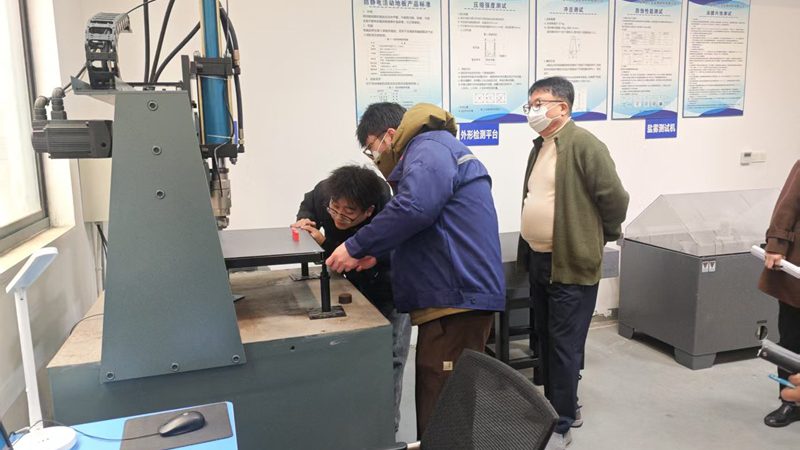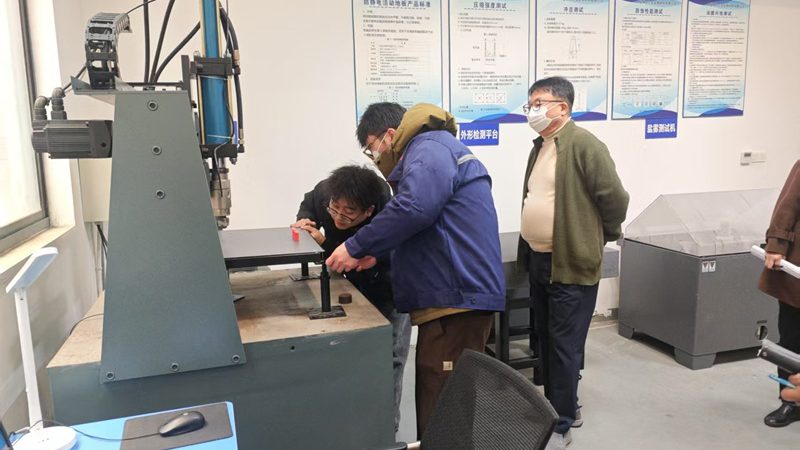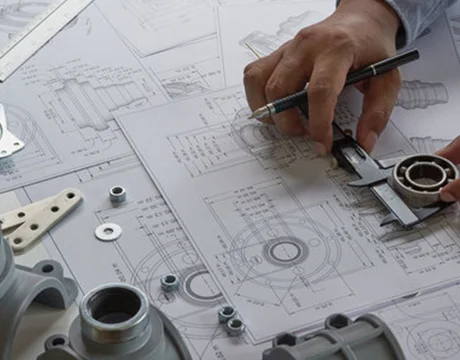When it comes to raised concrete floors, waterproofing to protect them from moisture intrusion is crucial. Whether it’s a commercial building, industrial facility, or residential project, effectively preventing moisture penetration can extend the life of your concrete floors and reduce potential repair and restoration costs. This guide will show you how to waterproof your raised concrete floor to ensure it remains strong and durable in the face of moisture and humidity. Whether it’s a new build or an existing structure, the following methods and suggestions will give you a solid guide to keeping your raised concrete floors water-free.
Whether you’re a construction industry professional or a hobbyist ready to take on a home project, this article will provide you with key tips and advice to ensure your concrete flooring not only stands the test of time but also resists the elements. Weather conditions challenge. As we delve deeper into this important topic, you’ll learn about different waterproofing methods and material options, and how to properly perform these steps to protect your raised concrete floors from water damage.
Why Do Waterproof for Raised Concrete Floors?
Waterproofing a raised concrete floor is important for several reasons:
- 1. Moisture Protection: Concrete is porous, which means it can absorb moisture from the ground below or from the environment. Waterproofing helps create a barrier that prevents water and moisture from seeping into the concrete. This is particularly important in areas prone to flooding or high groundwater levels.
- 2. Prevents Mold and Mildew Growth: Moisture can create a conducive environment for mold and mildew to grow. Waterproofing the concrete floor helps to keep it dry, reducing the risk of mold and mildew infestations. This is essential for maintaining indoor air quality and preventing health issues.
- 3. Extends Lifespan: Water and moisture can weaken the structural integrity of concrete over time, leading to cracks, spalling, and other damage. Waterproofing can extend the lifespan of the concrete floor by protecting it from water-related deterioration.
- 4. Protects Against Chemicals and Contaminants: In some settings, concrete floors may be exposed to chemicals, oils, or other contaminants that can degrade the concrete. Waterproofing can act as a barrier, preventing these substances from penetrating the concrete and causing damage.
- 5. Provides a Dry, Usable Space: In many applications, such as basements or parking garages with raised concrete floors, waterproofing is essential to create a dry and functional space. Without proper waterproofing, these areas may become unusable or prone to flooding.
- 6. Reduces Maintenance Costs: Waterproofing can reduce the need for costly repairs and maintenance associated with water damage. It is a proactive measure that can save money in the long run.
- 7. Enhances Energy Efficiency: In some cases, waterproofing can help improve the insulation properties of the concrete, reducing heat loss and enhancing energy efficiency in buildings.
There are various methods and products available for waterproofing raised concrete floors, including the use of sealants, membranes, coatings, and drainage systems. The choice of waterproofing method depends on factors like the specific application, budget, and environmental conditions. It’s important to consult with a professional to determine the most appropriate waterproofing solution for your specific project.
How To Waterproof Raised Concrete Floor?
Waterproofing a raised concrete floor is essential to protect it from moisture damage and create a dry, durable surface. There are several methods you can use to waterproof a raised floor, and the choice of method depends on factors such as the specific application, budget, and environmental conditions. Here’s a general guide on how to waterproof a raised concrete floor:
1. Clean and Prepare the Surface:
– Remove any debris, dirt, or loose particles from the concrete surface. A clean and smooth surface is essential for proper adhesion of waterproofing materials.
2. Inspect and Repair Cracks:
– Carefully inspect the concrete floor for cracks and gaps. Fill any cracks or joints with an appropriate concrete patch or filler. Make sure the surface is level and smooth.
3. Choose the Waterproofing Method:
– There are several methods for waterproofing raised concrete floors. The choice depends on your specific needs and the conditions of the space. Common methods include:
- Waterproof Membranes: Apply a waterproofing membrane, which can be in the form of a liquid, sheet, or roll-on material. Liquid membranes are often used for their flexibility and ability to seal cracks and joints.
- Waterproof Coatings: Use a waterproof coating or sealant designed for concrete. These coatings form a protective barrier on the surface of the concrete.
- Cementitious Waterproofing: Apply a cement-based waterproofing product that forms a waterproof layer when mixed with water. This method is often used for outdoor applications.
- Epoxy or Polyurethane Coatings: These coatings are suitable for high-traffic areas and provide excellent protection against moisture and chemicals.
4. Apply the Waterproofing Material:
– Follow the manufacturer’s instructions for the chosen waterproofing product. This typically involves mixing, priming, and applying the material to the concrete surface. Use a roller, brush, or sprayer, depending on the product.
5. Allow Proper Drying and Curing Time:
– Ensure the waterproofing material has adequate time to dry and cure. This may take several hours or days, depending on the product and environmental conditions. Avoid foot traffic or heavy loads during this time.
6. Inspect for Imperfections:
– After the waterproofing material has dried, inspect the surface for any imperfections or areas that may need a second coat or touch-up.
7. Consider Additional Measures:
– Depending on the application, you may also need to install a drainage system, such as a sump pump or French drain, to manage excess water if the raised concrete floor is in a high water table area.
8. Finish the Surface:
– Once the waterproofing is complete and cured, you can finish the surface with flooring materials like tiles, hardwood, carpet, or epoxy coatings, depending on your aesthetic and functional preferences.
It’s essential to follow the manufacturer’s recommendations and guidelines for the specific waterproofing product you choose. Additionally, consulting with a professional experienced in waterproofing concrete floors can ensure a successful and long-lasting result, especially for larger or more complex projects.
Huiya Real-Time News
Huiya Real-Time News is dedicated to providing you with the latest and most authoritative information on the raised flooring industry.
We provide 24/7 updates on industry policy interpretations, market trend analysis, company news.

匯亜、新たに塩霧試験装置を導入 OAフロアの品質防線を強化

회아, 새 염무시험장비 도입해 이중바닥재 품질 방호선 단단히 만듦

창주 회아 이중바닥재 회사, 한국 KSA 인증 획득하며 이중바닥재 공식 한국 수출 시작

常州汇亜OAフロア社、韓国KSA認証取得、OAフロアが正式に韓国に輸出サブタイトル
MORE DOWNLOADS

GENERAL CATALOGUE

HUIYA INTRODUCTION

HUIYA GREEN LABEL

CAD/BIM FULL STEEL
APPLICATION SCENARIOS







